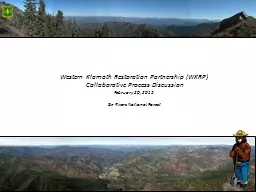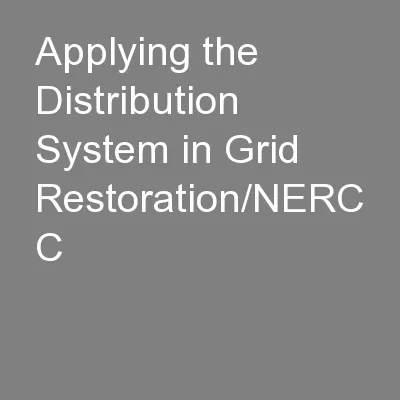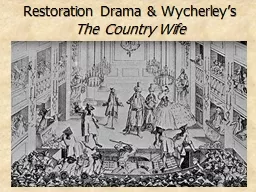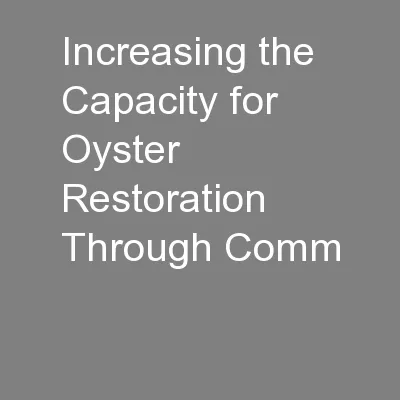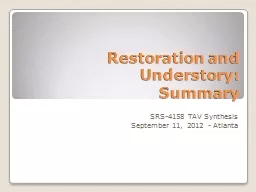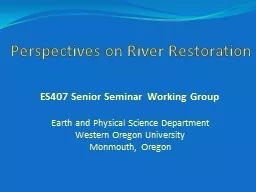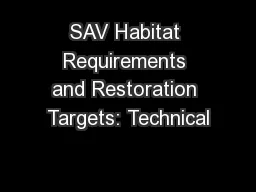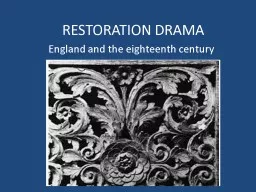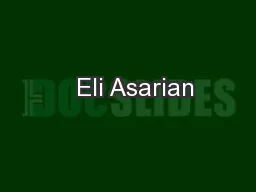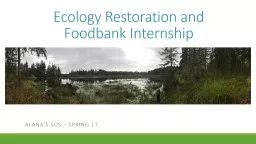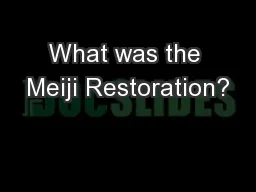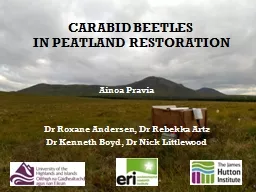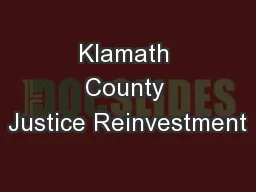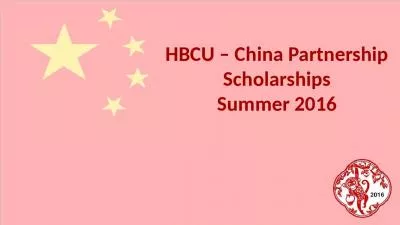PPT-Western Klamath Restoration Partnership (WKRP)
Author : celsa-spraggs | Published Date : 2016-07-03
Collaborative Process Discussion February 20 2015 Six Rivers National Forest Will Harling Mid Klamath Watershed Council Orleans Somes Bar Fire Safe Council Photo
Presentation Embed Code
Download Presentation
Download Presentation The PPT/PDF document "Western Klamath Restoration Partnership ..." is the property of its rightful owner. Permission is granted to download and print the materials on this website for personal, non-commercial use only, and to display it on your personal computer provided you do not modify the materials and that you retain all copyright notices contained in the materials. By downloading content from our website, you accept the terms of this agreement.
Western Klamath Restoration Partnership (WKRP): Transcript
Download Rules Of Document
"Western Klamath Restoration Partnership (WKRP)"The content belongs to its owner. You may download and print it for personal use, without modification, and keep all copyright notices. By downloading, you agree to these terms.
Related Documents

